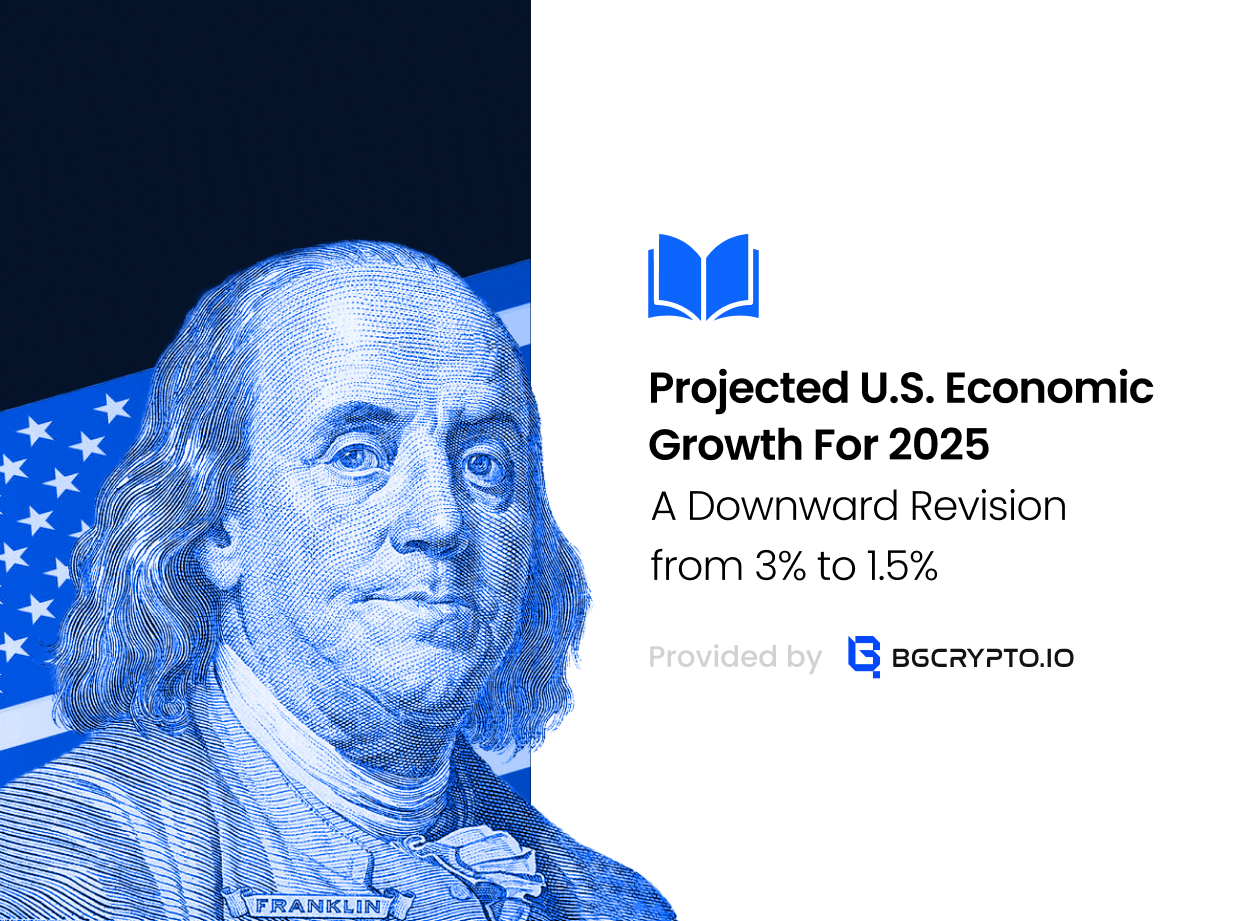Introduction
The United States economy is facing a significant revision in its projected growth for 2025. Initially estimated at 3%, recent economic indicators suggest a downward adjustment to 1.5%. This decline reflects a combination of policy shifts, inflationary pressures, and evolving global economic conditions.
As the world’s largest economy, any fluctuations in U.S. growth have widespread implications, impacting labor markets, financial sectors, and global trade. In this article, we analyze the key factors driving this downward revision, explore potential economic consequences, and discuss strategies to mitigate future risks.
Key Factors Behind the Slower Growth Forecast
📌 Trade Policies and Tariffs: The Rising Cost of Protectionism
The introduction of aggressive tariff policies in recent years has led to higher costs for businesses and consumers alike. With increased trade barriers, supply chain disruptions and elevated import costs are creating downward pressure on manufacturing and consumer demand.
- 🔹 Higher Input Costs: Companies relying on imported raw materials and components are facing increased production costs, reducing profitability.
- 🔹 Declining Global Competitiveness: Tariff hikes have made U.S. goods less competitive in international markets, affecting export-driven sectors like automobile manufacturing and technology.
- 🔹 Market Uncertainty: Businesses are reluctant to invest amid ongoing geopolitical and trade tensions, leading to slower capital expenditure growth.
📊 Economic Impact: Analysts at Morgan Stanley have directly linked trade policies to slower GDP growth, lowering their 2025 U.S. growth projection from 1.9% to 1.5%.
📌 Federal Spending Cuts and Workforce Adjustments
The U.S. government’s fiscal tightening measures, aimed at reducing deficits, have had unintended consequences:
- ⬇️ Reduction in Public Sector Employment: Federal workforce cuts have decreased consumer spending power in key regions.
- ⬇️ Slower Infrastructure Investment: Reduced funding for infrastructure projects has impacted growth in construction and related industries.
- ⬇️ Decline in Social Program Spending: Cuts in social benefits and stimulus programs have restrained low-income household spending.
📊 Economic Impact: Austerity measures have contributed to weaker domestic demand, exacerbating the overall slowdown in consumer-driven economic expansion.
📌 Inflationary Pressures and Interest Rate Hikes
Persistent inflation concerns and the Federal Reserve’s monetary tightening policies have played a crucial role in the growth downgrade.
- 🔥 Rising Interest Rates: The Fed has maintained a restrictive monetary policy, keeping interest rates high to combat inflation.
- 🏡 Housing Market Slowdown: Higher mortgage rates have led to declining home sales and reduced real estate investment.
- 💳 Weaker Consumer Spending: With increased borrowing costs, consumers have reduced discretionary spending, impacting industries like retail, travel, and entertainment.
📊 Economic Impact: Goldman Sachs recently revised its 2025 GDP growth estimate down from 2.2% to 1.7%, citing continued inflationary pressures and higher-than-expected interest rates.
Potential Economic Consequences
📉 Labor Market Impacts
- Slower growth may increase unemployment rates, particularly in manufacturing and retail sectors.
- Wage growth could stagnate as businesses curb hiring and salary adjustments.
📉 Financial Market Volatility
- Stock market fluctuations may rise as investors react to uncertainties in economic performance.
- The bond market could see higher yields, impacting government borrowing costs.
📉 Consumer Confidence and Spending
- Elevated interest rates may restrict household borrowing, reducing major expenditures on homes, cars, and durable goods.
- Inflationary concerns may erode purchasing power, especially in low- and middle-income groups.
Strategic Policy Interventions Needed
To prevent further economic deceleration, policymakers and business leaders must adopt proactive strategies, including:
✅ Trade Policy Revisions: Reducing trade tensions and restructuring tariffs to boost competitiveness.
✅ Targeted Fiscal Stimulus: Selective government investments in infrastructure, education, and innovation sectors.
✅ Monetary Policy Adjustments: A more balanced approach to inflation control, preventing excessive demand suppression.
✅ Labor Market Incentives: Encouraging job creation through incentives for business expansion and innovation.
Conclusion: Navigating a Slower Growth Landscape
The U.S. economic outlook for 2025 presents growing challenges, requiring a recalibrated approach to trade, fiscal, and monetary policies. While a 1.5% growth rate still indicates moderate expansion, it underscores the need for strategic interventions to support long-term stability and competitiveness.
📊 Key Takeaway: If trade disputes persist, inflation remains high, and fiscal tightening continues, growth could weaken further, posing risks to employment, investment, and consumer markets.
💡 What’s Next? Policymakers must act decisively to restore business confidence, enhance market stability, and drive sustainable growth.
📢 Stay updated with the latest economic insights on BGCrypto Blog! 🚀


